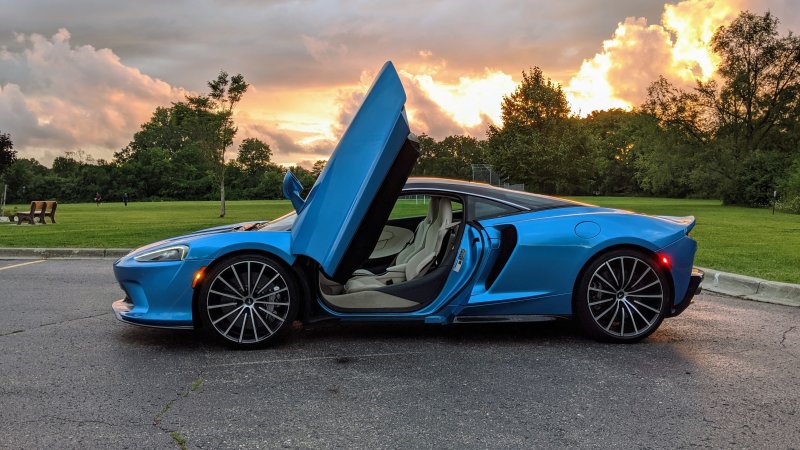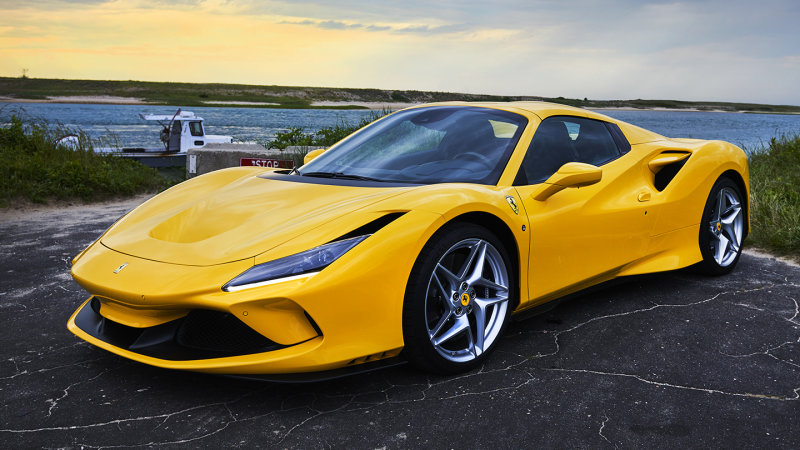If Summer 2017 was characterized by the fall of James Comey and the rise of Cardi B, then let the recent solstice mark the start of the Summer of the Cooler Backpack. Yes, while you’ve been face-down in your phone attempting to predict this year’s song of the season and identify the fashion trend that’ll replace oversized clothing, soft-sided coolers with adjustable backpack straps dealt pop culture a sucker punch and took the reigns into their own hands.
A trend wouldn’t be a trend without the participation of multiple parties, and this spring three of the biggest names in cold-keeping each revealed a different take on the same product. It’s no surprise that Yeti, which has maintained its acclaimed collection of soft-sided Hopper coolers for multiple years, would add backpack straps to the build. OtterBox was waiting in response with the Trooper, a soft cooler that follows up the company’s decision last year to break further into the outdoor category with an emphasis on customizable features. New to the cooler market entirely is Hydro Flask, an Oregon-based company known for making some of the best insulating water bottles available — now it too has a cooler backpack.
The question that remains is, which one of these new adventure-prepped cooler packs is the best? To find out, we put these three bags lid-to-lid, ranking them according to three traits: cold retention, ease of carrying and overall construction. Here’s what we found.
Cold keeping:
Keeping cold things cold is the primary function of any cooler, and if it can’t succeed at that, then every other feature is superfluous. We performed a low-tech test to figure out which of these backpacks does it best: each cooler was filled with the same quantity of ice and left under the same conditions until fully melted.
The ice in the Hydro Flask cooler was the first to revert to liquid water. This occurred roughly 40 hours into our test, just shy of the bag’s claimed 48-hour threshold. Both the Yeti and OtterBox coolers surpassed that mark but were mostly liquid. The OtterBox cooler performed slightly better than the Yeti, but not by much.
Carry:
Second to cold-retention for this group of coolers is the self-imposed backpack carry function. Each boasts that backpack straps offer convenience enough to haul a full load down a trail. But to do that well, the system has to be comfortable.
All three coolers feature padded straps and back panels to facilitate this, but after carrying each extensively while full, we’re giving the win to the OtterBox Trooper LT 30. Its straps are wider and slightly angled, creating the most ergonomic fit.
Construction:
All three of these coolers are built with FDA-approved, BPA-free interiors and abrasion-resistant exteriors that have reinforced bases. The difference in construction then, comes through operation.
The OtterBox is unique in that it uses a plastic clamp to open and close. The mechanism allows it to open wider than the rest but somehow feels slightly cheap, and potentially prone to breaking. Both Yeti and Hydro Flask employ watertight zippers, but Hydro Flask’s is easier to operate.
All three coolers are also built to stand freely on their own, a claim that was proven true through our testing. Yeti’s Hopper Backflip revealed an unexpected convenience through this ability in that it can also function as an extra table-like surface when hanging out in camp, thanks to its flat top. Neither of the competing coolers offers this ability. Overall, we think the Yeti offers the best construction, which is no surprise given the brand’s reputation.
Features:
Generally speaking, if coolers favor function, then backpacks favor features, and each of these straddles both in some ways. Yeti’s Backflip is the most spartan of the group, with webbing attachments that can support carabiners and a small collection of accessories such as a dry pouch or a bottle opener. OtterBox’s Trooper offers the same modular functionality with durable plastic mounting points, but also features two built-in zipper pockets for essentials such as keys or a wallet.
Hydro Flask’s cooler is the most backpack-like of the group. On one side is a small zipper pocket and on the other a stretchy mesh sleeve that can accommodate a 24-ounce water bottle. The cooler’s lid also features a zip pocket that’s big enough for larger items like sunscreen or extra snacks. Plus, it does all this without requiring the purchase of additional accessories, which is nice.
Aesthetics:
This category is entirely subjective, but we like Hydro Flask’s sleek and minimal appearance over the bulky and over-built look of its competitors.
Verdict:
This is the moment you’ve been reading for, but — and if you skipped the rest of this article and scrolled to this point for a quick answer, sorry — we have to offer slightly disappointing news: it’s a toss-up.
Each of these backpack-style coolers is great for a different reason and excels in some areas over others. If you want the most stable and durable cooler available, go for Yeti’s Hopper Backflip. If you want the biggest and most comfortable cold bag, OtterBox’s Trooper 30 is it. Hydro Flask’s backpack holds its own against the other two, is more stylish, has more built-in pockets and is $25 cheaper.
Don’t take this as an excuse for indecisiveness — any of these coolers is a good choice and will make a suitable addition to your gear closet. They perform so similarly that a choice between the three will be determined by personal preference. That frees you to pick based on the function you prioritize most, whether it be pockets or zippers or available liters. And if none of that matters to you, there’s no harm in choosing the one that comes in your favorite color (or the hue that’s trending this summer, which we don’t dare predict here).
| |



